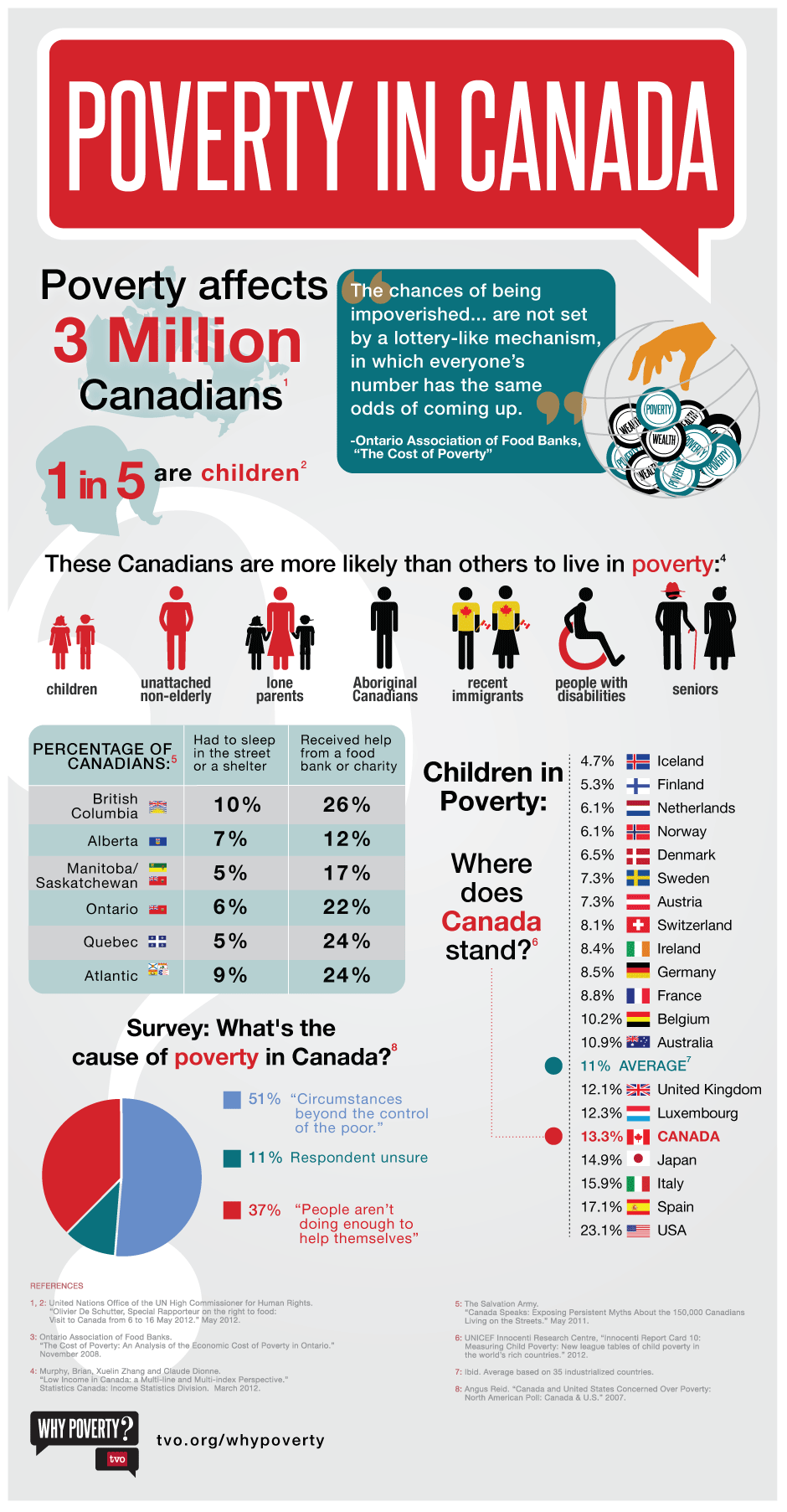
Because of the Internet, making information available to others can now be done with ease. Information and ideas can now taking on a variety of different forms. From infographics to digital storytelling, there is a wide variety of mediums where information can be published. This opens up a number of possibilities for the classroom as well.
Promoting students to become web authors will move them from into the "creator" group within the context of the 90-9-1 Principle of Social Participation. Charles Arthur from The Guardian (2006) notes that finding users to build content on the web can be challenging. This is why it is important for teachers to educate students about how to interact with content online, as well as create their own. There are a number of tools that teachers have at their disposal, such as: Weebly, Wordpress, SchoolNotes, Audacity and YouTube. Allowing students to chose which application best serves their need appropriately is an important first step in web publishing. However, there are also several ways in which the teacher can model this for their students, with one method being WebQuests.
According to Bernie Dodge, WebQuests are a form of inquiry based learning where users rely on the Internet as a source of information. They offer a great way for students to work independently or in groups. The Educational Broadcasting Corporation outlines (2012) six essential ingredients to an effective WebQuest, which include:
These different sections of the WebQuest chunk important pieces of information together, and make the assignment for manageable for students. In addition, they are logically organized, which should alleviate any potential problems or troubles for students. A more detailed explanation of these six components can be found HERE.
In the past I've used WebQuests, and have found them to be an effective educational tool. The WebQuest assignment had the highest completion rate in my Social 10-1 and 10-2 classes. While the students were working in the computer lab virtually everyone was engaged in their work. After reading more about WebQuests in this topic, and from the posted articles, I think they are something I will try to use more of in the future.
Infographics are another form of web publishing that I tend to use in my lessons. They convey data in a visually appealing way. Rather than spreadsheets and 2-D. black and white graphs, infographics use colors, pictures, diagrams, logos and eye-catching visuals to turn the ordinary into an interesting representation. Ashley MacQuarrie (2012) explains how infographics can spark conversation, introduce new topics, serve as starting points for research, and give students practice at reading charts and interpreting data. MacQuarrie's site also offers a number of websites where teachers can find infographics, and where students can create their own. Having students create their own requires them to employ a number of important skills. For example, they will need to research, organize and synthesize information, visually present information, and maybe even collaborate with others. Here is an example of an infographic that could be used in Social Studies:
Promoting students to become web authors will move them from into the "creator" group within the context of the 90-9-1 Principle of Social Participation. Charles Arthur from The Guardian (2006) notes that finding users to build content on the web can be challenging. This is why it is important for teachers to educate students about how to interact with content online, as well as create their own. There are a number of tools that teachers have at their disposal, such as: Weebly, Wordpress, SchoolNotes, Audacity and YouTube. Allowing students to chose which application best serves their need appropriately is an important first step in web publishing. However, there are also several ways in which the teacher can model this for their students, with one method being WebQuests.
According to Bernie Dodge, WebQuests are a form of inquiry based learning where users rely on the Internet as a source of information. They offer a great way for students to work independently or in groups. The Educational Broadcasting Corporation outlines (2012) six essential ingredients to an effective WebQuest, which include:
- Introduction
- Task
- Process
- Resources
- Evaluation
- Conclusion
These different sections of the WebQuest chunk important pieces of information together, and make the assignment for manageable for students. In addition, they are logically organized, which should alleviate any potential problems or troubles for students. A more detailed explanation of these six components can be found HERE.
In the past I've used WebQuests, and have found them to be an effective educational tool. The WebQuest assignment had the highest completion rate in my Social 10-1 and 10-2 classes. While the students were working in the computer lab virtually everyone was engaged in their work. After reading more about WebQuests in this topic, and from the posted articles, I think they are something I will try to use more of in the future.
Infographics are another form of web publishing that I tend to use in my lessons. They convey data in a visually appealing way. Rather than spreadsheets and 2-D. black and white graphs, infographics use colors, pictures, diagrams, logos and eye-catching visuals to turn the ordinary into an interesting representation. Ashley MacQuarrie (2012) explains how infographics can spark conversation, introduce new topics, serve as starting points for research, and give students practice at reading charts and interpreting data. MacQuarrie's site also offers a number of websites where teachers can find infographics, and where students can create their own. Having students create their own requires them to employ a number of important skills. For example, they will need to research, organize and synthesize information, visually present information, and maybe even collaborate with others. Here is an example of an infographic that could be used in Social Studies:
Digital storytelling is another method students can use to communicate information. This involves a combination of creativity, research, narration and visuals. Ferrington (2011) argues that, in general, sharing stories and experiences is a fundamental part about being human, and that digital storytelling can be conceptualized as an extension of the ancient practice of storytelling but infused and enhanced with images and sound. I think that this last idea is key. Contemporary students are so accustomed to being surrounded with external stimuli that incorporating images and different sounds into a story seems to make sense. They use social media on a daily basis, and are able to use channels such as Twitter, Instagram and Vine which include aspects of digital storytelling. Therefore, I find that digital storytelling in the classroom has a very relevant and practical purpose. Not only does it give students a voice, but it is also something they are already very familiar with. Another way education is changing is through the flipped classroom.
The flipped classroom is a innovative way of thinking, made possible through the Internet. This method is unique because students are able to familiarize themselves with the basic content before they even enter the classroom because of streaming media mediums. There are many who support the idea of a flipped classroom, but also a number who oppose it. Personally, I can see value in the flipped classroom. However, despite this it also has certain drawbacks. For instance, . Overall, I don't think I would use flip teaching for a number of reasons.
Firstly, in flip teaching often the students are passively watching a video, or listening to audio, without the ability to ask immediate questions. One of the most important pieces to instruction is a dialogue between students and teachers. In the flipped classroom this only happens after the learning has taken place, but not during it. Secondly, the flipped classroom is predicated on the belief that each student has the ability to access the content. However, this is not always the case. Students who are living in a low socio-economic environment, or work outside of school may not have the means or the time. Lastly, it fails to recognize the different learning styles that students possess. Hertz (2012) notes that sitting in front of a computer screen is not how everyone learns best. Nevertheless, flipped teaching is something that will be sticking around because of the accessibility of steaming media.
In conclusion, publishing content of the Internet, whether through educational videos, blogs, infographics or digitial storytelling is something students need to see the value in. Publishing is what perpetuates the Internet and allows it to grow at an astonishing rate. However, it is not enough to simply know how to publish or choosing what to publish. Students should also see why it is important to publish and be more than part of the 90% audience group.
References
Fig 1. web.png. Retrieved on July 13, 2013. From http://trypnotikvisual.com/wp-content/uploads/web.png
Fig.2. Poverty-in-Canada-infographic-LRG.gif. Retrieved on July 13, 2013. From http://ww3.tvo.org/sites/default/files/Poverty-in-Canada-infographic-LRG.gif
Arthur, Charles. (2006, July 20). What is the 1% rule? The Guardian. Retrieved from http://www.guardian.co.uk/technology/2006/jul/20/guardianweeklytechnologysection2
Dodge, Bernie. (2007). What is a WebQuest? Retrieved from http://www.webquest.org
Ferrington, Gary. (2011). "Digital Storytelling". Information Age Education. Retrieved from http://i-a-e.org/articles/46-feature-articles/50-digital-storytelling.html
Hertz, Mary Beth. (2012, June 12). The Flipped Classroom: Pro and Con. Retrieved from
http://www.edutopia.org/blog/flipped-classroom-pro-and-con-mary-beth-hertz
MacQuarrie, Ashley. (2012). Infographics in Education. Retrieved from
http://blog.k12.com/2012/07/10/infographics-education#.UeGkEtKOSSo
"What are the essential parts of a WebQuest?". Concept to Classroom Workshop: Webquests. Educational Broadcasting Corporation. 2004. Retrieved 13 March 2012.
Significant Comments:
http://eportfoliobecking.weebly.com/2/post/2013/07/topic-6-publishing.html#comments
http://agroenenboom.weebly.com/2/post/2013/07/web-publishing.html#comments
The flipped classroom is a innovative way of thinking, made possible through the Internet. This method is unique because students are able to familiarize themselves with the basic content before they even enter the classroom because of streaming media mediums. There are many who support the idea of a flipped classroom, but also a number who oppose it. Personally, I can see value in the flipped classroom. However, despite this it also has certain drawbacks. For instance, . Overall, I don't think I would use flip teaching for a number of reasons.
Firstly, in flip teaching often the students are passively watching a video, or listening to audio, without the ability to ask immediate questions. One of the most important pieces to instruction is a dialogue between students and teachers. In the flipped classroom this only happens after the learning has taken place, but not during it. Secondly, the flipped classroom is predicated on the belief that each student has the ability to access the content. However, this is not always the case. Students who are living in a low socio-economic environment, or work outside of school may not have the means or the time. Lastly, it fails to recognize the different learning styles that students possess. Hertz (2012) notes that sitting in front of a computer screen is not how everyone learns best. Nevertheless, flipped teaching is something that will be sticking around because of the accessibility of steaming media.
In conclusion, publishing content of the Internet, whether through educational videos, blogs, infographics or digitial storytelling is something students need to see the value in. Publishing is what perpetuates the Internet and allows it to grow at an astonishing rate. However, it is not enough to simply know how to publish or choosing what to publish. Students should also see why it is important to publish and be more than part of the 90% audience group.
References
Fig 1. web.png. Retrieved on July 13, 2013. From http://trypnotikvisual.com/wp-content/uploads/web.png
Fig.2. Poverty-in-Canada-infographic-LRG.gif. Retrieved on July 13, 2013. From http://ww3.tvo.org/sites/default/files/Poverty-in-Canada-infographic-LRG.gif
Arthur, Charles. (2006, July 20). What is the 1% rule? The Guardian. Retrieved from http://www.guardian.co.uk/technology/2006/jul/20/guardianweeklytechnologysection2
Dodge, Bernie. (2007). What is a WebQuest? Retrieved from http://www.webquest.org
Ferrington, Gary. (2011). "Digital Storytelling". Information Age Education. Retrieved from http://i-a-e.org/articles/46-feature-articles/50-digital-storytelling.html
Hertz, Mary Beth. (2012, June 12). The Flipped Classroom: Pro and Con. Retrieved from
http://www.edutopia.org/blog/flipped-classroom-pro-and-con-mary-beth-hertz
MacQuarrie, Ashley. (2012). Infographics in Education. Retrieved from
http://blog.k12.com/2012/07/10/infographics-education#.UeGkEtKOSSo
"What are the essential parts of a WebQuest?". Concept to Classroom Workshop: Webquests. Educational Broadcasting Corporation. 2004. Retrieved 13 March 2012.
Significant Comments:
http://eportfoliobecking.weebly.com/2/post/2013/07/topic-6-publishing.html#comments
http://agroenenboom.weebly.com/2/post/2013/07/web-publishing.html#comments



 RSS Feed
RSS Feed